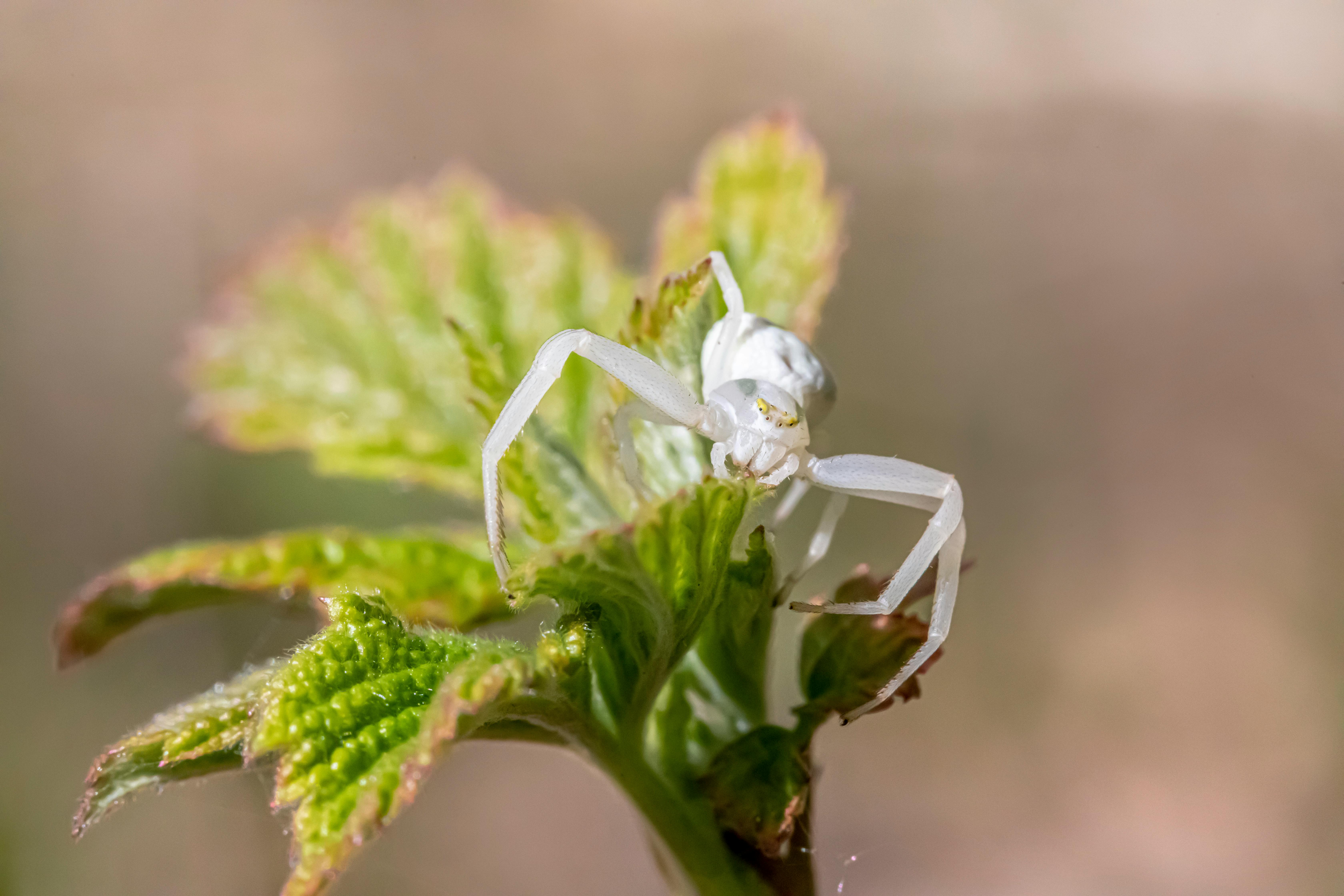Effective Ways to Manage Cat and Rabbit Together in 2025
In an era where pet companionship holds great significance, understanding how to effectively manage interactions between cats and rabbits is essential. Both cats and rabbits can offer joy, affection, and even comfort to each other when properly socialized. However, they also require distinct care requirements and routines. Properly managing a cat and rabbit duo ensures that both pets thrive in a harmonious environment.
This article explores effective ways to create a peaceful coexistence between your furry friends. We will cover essential care, training, behavior management, and safety tips to foster a positive and enriching environment for both cats and rabbits. Moreover, we will highlight the importance of understanding each pet's unique needs, ensuring their health and happiness.
By the end of this article, you will be equipped with the knowledge needed to successfully manage how to keep your feline and bunny companions together, focusing on their individual care, effective pet bonding strategies, and maximizing their overall well-being.
Key Considerations for Cat and Rabbit Integration
Understanding Cat and Rabbit Behavior
Recognizing the natural behaviors of both cats and rabbits is foundational to facilitating a successful relationship. Cats, as natural hunters, have instincts driven by their predatory nature, while rabbits exhibit flight responses due to their status as prey animals. Understanding these behaviors will help owners to anticipate interactions and create a safe space for both pets.
Each species communicates differently, with cats often displaying affection through purring or kneading, while rabbits may nuzzle or thump their feet as a warning. Mastering these communication styles will enhance the bond between your pets and help identify their comfort levels as they interact.
Providing Safe Spaces for Each Pet
Creating distinct habitats is crucial for ensuring the safety and comfort of both your cat and rabbit. A safe rabbit habitat should be enclosed and free from potential dangers such as loose wires and toxic plants. Conversely, enriched environments for cats, filled with climbing spaces and scratching posts, allow for exercise and play that aligns with their instincts.
Consider using barriers, such as baby gates, to separate their areas when unsupervised. This ensures that both animals feel secure while providing a gradual introduction under monitored interactions.
Gradually Introducing Your Cat and Rabbit
The introduction process is vital. Start by allowing each pet to become accustomed to the other’s scent. Exchange bedding or use a scent cloth to facilitate this. Once they seem comfortable, allow supervised meetings, gradually increasing the time they spend together. Monitor body language closely; signs of aggression or fear should prompt a retreat and more gradual exposure.
Patience is key during this process. Rushing can lead to stress or negative outcomes for both pets. Gradually building up their comfort level will pave the way for a lasting friendship.
Feeding and Nutrition for Cats and Rabbits
Understanding Nutritional Needs
Proper nutrition is foundational for the health of both pets. Cats are obligate carnivores, requiring a diet rich in animal protein. Selecting the best cat food according to age, health, and activity level is paramount for feline health. Contrast this with rabbits, whose diets should primarily consist of hay, fresh vegetables, and pellets specifically formulated for their unique digestive systems.
Paying attention to what foods are safe for each pet is essential. For instance, while cats can enjoy certain vegetables as treats, many common human foods can be harmful to rabbits. Researching best practices for feeding both animals ensures they receive the proper nutrition to thrive.
Establishing Feeding Schedules
Feeding schedules should be consistent and separate to avoid potential food guarding or stress. While cats may prefer to nibble throughout the day, rabbits thrive on a routine schedule for their meals. Implementing feeding primarily in separate, designated areas will ensure both pets eat comfortably without interruption, promoting a peaceful environment.

Special Considerations for Treats
While sharing treats can be tempting, it's crucial to select them wisely. Cats enjoy treats like freeze-dried meats, while rabbits may adore small servings of carrot or fresh herbs. Be cautious not to overdo it, as treats should complement their diets and not replace nutritionally vital foods.
Dedicated treat containers allow for better management of snacks while fostering positive associations with feeding times and resulting in happy pets.
Health and Veterinary Care for Cats and Rabbits
Common Health Issues to Watch For
Both cats and rabbits are prone to specific health issues. For instance, domestic cats may face dental problems or obesity, while rabbits are particularly susceptible to digestive issues. Recognizing early warning signs for health problems, such as changes in appetite or behavior, allows for prompt veterinary visits, ensuring timely interventions.
Regular wellness checkups are key. Engaging with a veterinarian experienced in caring for both species enhances your understanding of their unique needs, allowing for tailored care plans focusing on prevention and management of issues related to feline health and rabbit health.
Vaccination and Preventative Care
Routine vaccinations play an essential role in keeping both pets healthy. Cats typically require vaccinations against feline leukemia and rabies, while rabbits need vaccinations to protect against viral diseases. Discuss with your veterinary provider about the prevention protocols suited for both types of pets.
Additionally, preventive measures such as spaying/neutering can help minimize medical incidents in both cats and rabbits, contributing to overall wellbeing and stability.
Promoting Positive Interaction and Playtime
Bonding through Enrichment Activities
Encouraging playtime is essential for both cats and rabbits. Engage in activities that allow them to exhibit natural behaviors—we recommend interactive toys for cats and chewable rabbit toys for exercise. This kind of engagement keeps both pets mentally stimulated and helps decrease stress.
Consider incorporating integrated play sessions where both species can interact, especially if safe and under supervision. Alternate between independent play for each pet and joint activities to foster socialization.
Common Mistakes to Avoid with Cat and Rabbit Coexistence
To uphold a successful relationship, avoiding common pitfalls is crucial. Frequently made mistakes include overlooking the need for gradual introductions, misjudging territorial behavior, or improper feeding practices. Understanding their limits and respecting their individual spaces greatly helps in building positive experiences.

Identifying Signs of Healthy Socialization
With time and proper management, you can observe signs of a happy cat and rabbit relationship. Look for relaxed postures, playful interactions, and shared spaces in comfort. These interactions indicate both pets have established a bond, leading to mutual excitement and acceptance. Regular health monitoring alongside positive experiences enriches their companionship.
Q&A: Common Questions About Managing Cats and Rabbits Together
What is the best way to introduce my cat to a new rabbit?
Start by allowing them to become accustomed to one another's scents before arranging supervised meetings. Gradually increase the frequency and duration of their together time as they demonstrate comfort.
How do I ensure my rabbit stays safe around the cat?
Establish safe spaces for both pets. A secure rabbit habitat and ensuring that supervised time occurs in a controlled environment are vital approaches.
What should I do if my cat shows signs of aggression towards my rabbit?
It's essential to separate them immediately and reassess their introductions. A gradual, patient approach is necessary to ensure safety and comfort for both pets.
Can cats and rabbits live together harmoniously?
Yes, with proper socialization, care, and understanding of their behaviors, cats and rabbits can coexist happily, fostering a supportive and loving environment.
How often should I take my pets to the veterinarian?
Regular wellness checkups for both pets should be scheduled, typically yearly or every six months. It’s essential to stay updated on vaccinations and overall health assessments.
